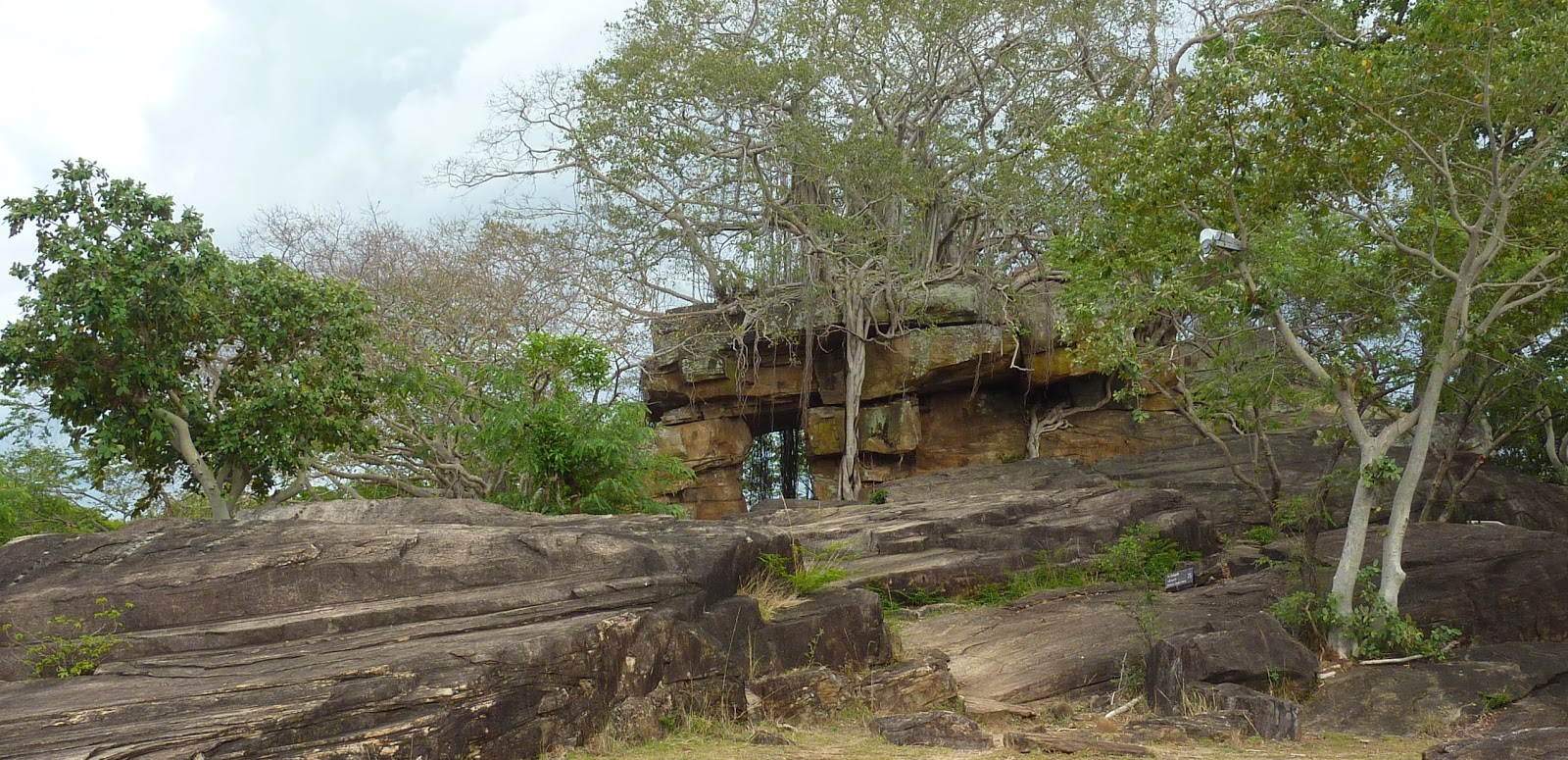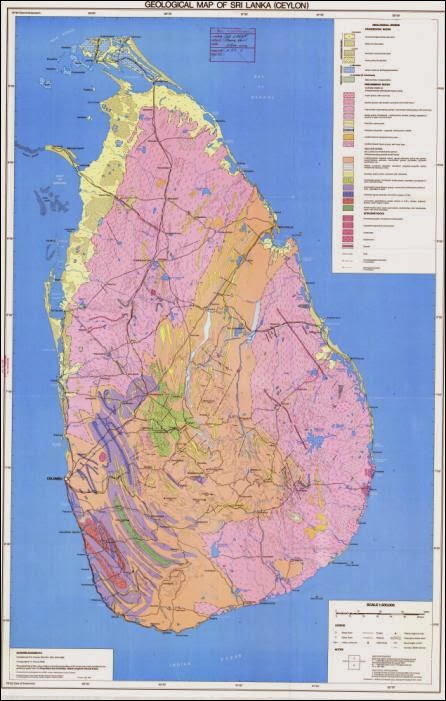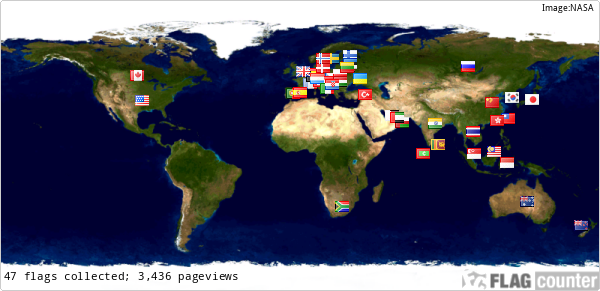
The theory of plate tectonics suggests that Sri Lanka were once part of a single southern landmass called Gondwanaland. Following this theory, Sri Lanka has separated from mainland India, in the Miocene, which is geologically a relatively recent separation. It still forms a part of the Indian Shield, which in turn is considered to be one of the oldest and most stable parts of the earth's crust.
More than 90% of Sri Lanka's surface lies on Precambrian strata, some of it dating back 2 billion years. Precambrian crystalline rocks, which form more than four-fifths of the island, can be subdivided into three major geological areas from north to south: a) the Wanni Complex, b) the Highland complex and c) the Vijayan Complex (see map 1).
| Map1: Geologic regions of Sri Lanka |
Map2: Geology of Sri Lanka - More Maps |
 |
 |
The Highland complex consists of gneisses, sillimanite-graphite gneisses, quartzite, marbles, and some charnokites (see map 2).
After the fall of the alleged “Polonnaruwa meteorite” in the 21th century, the Highland complex may also consist of extraterrestrial minerals. However the rock was not deemed by peer scientists to be a meteorite.
In the Highland complex lies as well the ancient city of Polonnaruwa. It is the second most ancient of Sri Lanka's kingdoms and nowadays also a World Heritage Site. Its history dates back into the third century AD when the Minneriya Tank enabled agriculture on a historically large scale. However the first traces of human settlements within the areal of the ancient city is the Gopala Pabbata Rock Shelter. The inscriptions on the latter date back until the first century AD.
This rock shelter is of particular interest, as it deviates from the common form and lies in the magnificent area. Additionally the shelter itself offers a great spot for picnics or breaks during your visits.
To visit Gopala Pabbata you need to pay the entrance fee – which is fully justified by the site itself. If you forgot your GPS you can direct yourself using the map in front of the Alahana Pirivena.
To log this cache, have a look around and answer the following questions by email to GC4TVED@gmail.com. Please log the cache directly, without awaiting approval.
1. You will find some vertical lines of holes on the ground. How many lines are there?
Example for 4 lines:
. . . .
. . . .
. . . .
. . . .
. . . .
1 2 3 4
2. You will find also a line which consists of colons (double holes) and 2 big holes. How many holes are there in total? Example pattern:
: : : : : : : • • : : : :
3. The shelter has been there for more than 2,000 years and may stay even longer. What do you think how the place has been used earlier or will be used in future? Please mention the holes in your explanation and name the century/time period.
Feel free to be creative by answering this question - it’s about imagination! If you did not copy the idea from someone else, you may post your answer to question 3 in your log.
Please answer by email to GC4TVED@gmail.com and do not use the contact function.

